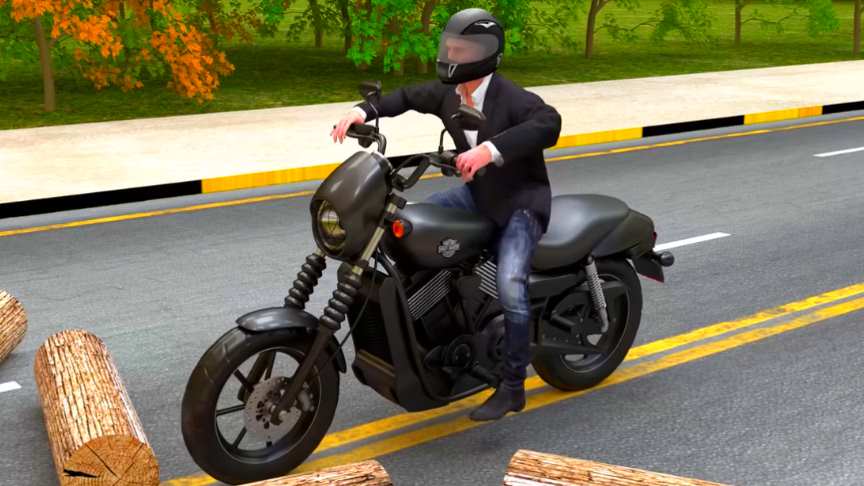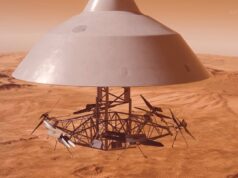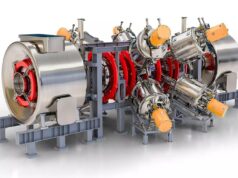Today’s motorcycles and cars are equipped with a very efficient braking system. They are so efficient that your vehicle stops safely, within a fraction of a second, in the case of an emergency.
source/image(PrtSc): Learn Engineering
You pull the brake lever, the brake fluid, near to the lever gets compressed. Via a brake line this compressed fluid is directly connected to the brake pad, so the brake pads are activated. Watch the video from Learn Engineering for more info:
When the brake lever is pulled, it might seem like you are applying pressure on the discs, but in reality you are simply opening up the valve for the fluid from the reservoir to flow downwards. Since the brake fluid is very viscous, it applies pressure on the brake calipers with the help of Piston which in turn go on to make contact with the disc and rub it.
Advertisement
This braking system that you just saw was developed over the last five decades of research and practical experiences. Let’s learn how engineers developed such an efficient braking system, or more specifically, let’s learn the interesting physics behind disc brakes.











